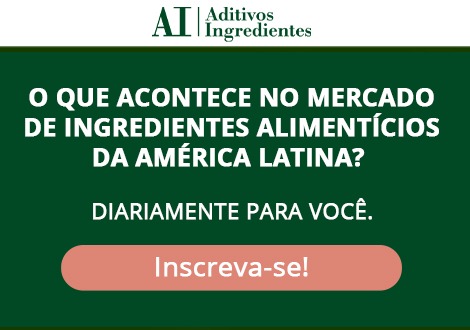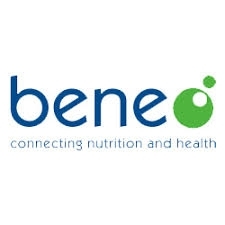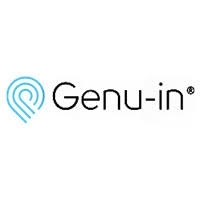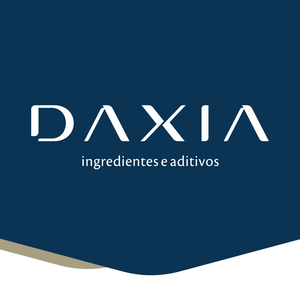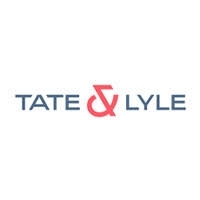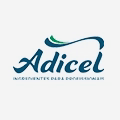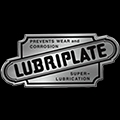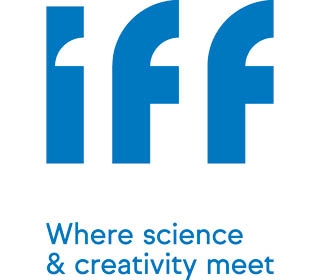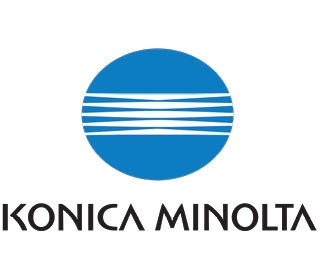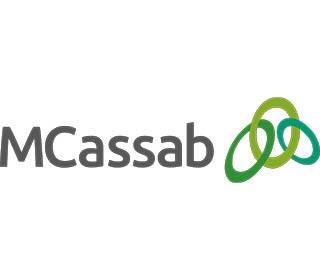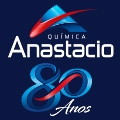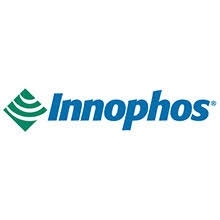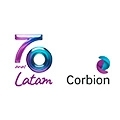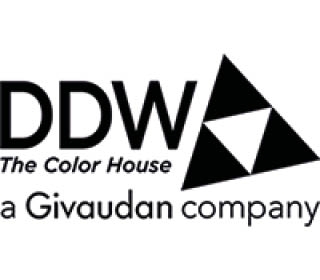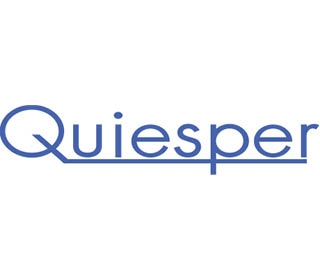The supplier view - 2018 trends: industry remains confident on clean label outlook
The industry seems to have gone beyond clean label alone, as increased consumer demand for authenticity and transparency is fueled by the demand for "clear" label launches. This marketing term, coined by Innova Market Insights in 2014, has been jumped upon by the industry and has been an iconic description ever since. Clean & clear label is associated with many factors – health, wellness, natural, simple, transparency, minimally processed and organic. There is now an entire umbrella of definitions that are linked to clean label, which can be complex when it comes to food ingredients.
Back in November 2017, Innova Market Insights released its top trends for 2018, with “Mindful Choices” tipped to be the number one trend for this year. One element driving the “mindful choice” trend is about peace of mind while making a positive impact in the world, through ethical claims. In fact, there has been a +44 percent CAGR in ethical claims (2010-2016, global), which includes ethical animal/human/environment, excluding ethical packaging.
According to Innova Market Insights, 4 in 10 US and UK consumers increased their consumption of “healthy foods,” 7 in 10 want to know and understand the ingredient list, 1 in 5 in the US are most influenced by “real” ingredients, and ethical claims on packaging are top of mind.
Today’s consumer has fully embraced a more holistic approach to looking after their well-being, which increasingly focuses on peace of mind as well as the body. From health concerns driven by cleaner and overall healthier lifestyles, to environmental issues which responsible manufactured food & beverage tackle, bringing “peace of mind” is key.
“We are still conscious of clean label. We didn’t want to give the impression that it wasn’t important. But at the same time, we wanted to progress and talk about what is after that,” explains Lu Ann Williams, Director of Innovation at Innova Market Insights.
“Today’s consumer displays a high level of mindfulness about well-being and the environment,” she notes. Williams says: “This whole idea of consumers paying more attention to what they eat is really important in today’s industry and that’s why our first trend is about the mindful consumer.”
Health is a running theme throughout the trends and is also linked to clean label. Healthy foods are widely accepted and finding the right balance in food choices is important so the clean label trend is advancing.
“Trends reflect how consumers have evolved over the years and now consumers are being sensible when it comes to food choices, products are being simplified and easier to understand for the mindful consumer,” Williams adds.
Ruud Peerbooms, Corbion, Senior Vice President Food agrees with this notion: “Now more than ever, consumers are aware of the implications of the products they consume. Whether it’s recognizing how it is sourced or und
“As well as wanting to be more responsible for the planet and their communities, consumers, of course, want to take more care of themselves. This is the major driver behind the increased consumption of vegetables, fruit and fresh foods. But even those fresh, chilled foods can be improved as many of them still contain artificial additives. Benzoates and sorbates have traditionally been used to preserve deli-style salads, for example. But as well as the fact that they’re not natural, although they are generally recognized as safe, some research has suggested there may be negative implications for human health,” he says.
Looking forward into 2018,the clean label trend – will it still shape the food industry in 2018 or will other trends play out ahead of clean label? Key suppliers offer their thoughts on how clean label has evolved.
Guido de Jager, GNT Group, Head of Marketing: “The demand for natural, healthy products will continue to occupy the entire food industry – in many different facets. There is a strong movement towards less sugar, smaller portions, less meat or the use of plant-based ingredients. Even segments that aren’t primarily associated with health and nutrition, like snacks or ready-to-eat-meals, are strongly affected by the naturalness trend.”
At the same time, consumers want stronger visual experiences, according to de Jager: “‘Say it With Color,” one of the Innova Market Insights top trends for 2018, underlines this. The purchase decision is increasingly influenced by what consumers see on social media – and by the suitability of food and drinks to make an impression when shared online. Producers are already launching a growing number of products centered on colorful highlights that catch the eye,” he explains.
“We cannot see clean label losing any relevance. Transparent and understandable ingredient lists are of paramount importance to consumers and so is the replacement of additives, which are simply not acceptable anymore. Natural colors, for example, are expected to be made only from edible raw materials. Consumers not only evaluate artificial colorants critically but also those which are extracted from natural raw materials by using chemical solutions. Manufacturers cannot cut back on their efforts but need to continue finding ways of meeting the increasingly critical consumer demands.”
Also offering their opinion on the clear and clean trends was Mark Rainey, VP, Global Food Marketing at ADM who says: “Today, naturalness is big with consumers of all demographics as they seek out more wholesome, natural and plant-based products. People are increasingly paying close attention to product labels and demanding familiar ingredients that have a clear purpose.”
“What’s more, consumers are also seeking to understand the purposefulness and story behind the ingredients included in the foods and beverages they consume most often. Clean label, to us, refers to the consumer-driven trend towards shorter, simpler ingredient lists with more recognizable ingredients that can typically be found in home pantries. Consumer sentiment around which ingredients should be removed from their favorite products can seem fleeting, conflicting and downright confusing at times.”
“We understand these challenges and their complex technical and cost implications too - for already time pressured and resource-constrained product developers. Clean label remains popular, but it’s also given rise to clear labeling, a back-to-basics approach to product development and design, which provides a higher level of transparency in products,” he notes.
“That’s why we’ve assembled one of the industry’s largest clean and clear label ingredient toolboxes – ranging from real whole foods such as nuts, seeds, ancient grains, flours, oils, edible beans and pulses, to natural sweeteners, colors, natural flavors, taste modifiers and more” .
Davy Luyten, Ingredion Marketing Manager, EMEA gave his thoughts on clean label, free from and other key trends to follow. “Clean label will remain a key trend for the food industry in 2018 and beyond. In recent years, it has gained significant traction as healthy lifestyles, clean eating and simple labels have become increasingly mainstream and adopted by consumers, especially in Western Europe. Our “2020: Future of Simple, Natural and Clean Label Food” report predicts that technological advances will make DNA profiling routine, driving consumer awareness of personal health needs. This will give people an understanding of how they can achieve optimal health and may result in them taking greater control of their diets, cutting out gluten and lactose and adding fiber, vitamins and protein.”
Authenticity will be another key consumer trend that will influence manufacturers next year and beyond. It will result in higher demand for foods that appear perfect and uniform in favor of more nostalgic, home-cooked style products made from locally sourced, sustainable and recognizable ingredients”.
Consumers are more conscious than ever about making responsible food choices that are not only healthy, but also take sustainability into account. It is important to note that the trend of clean label is here to stay but exists in many ways relating to health, wellness and sustainability.
Williams, Director of Innovation at Innova Market Insights will provide an overview of the key drivers in new product innovation and how they will impact the confectionery and snacks categories during a webinar on January 20, 2018.
The leading trends driving this development in snacks and confectionery are “Mindful Choices,” “Lighter Enjoyment,” “Positively Processed” and “Going Full Circle.”
